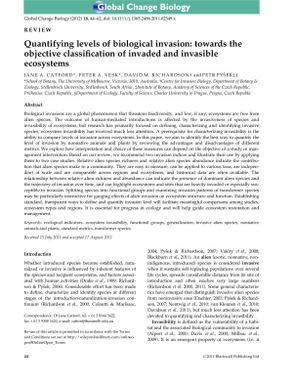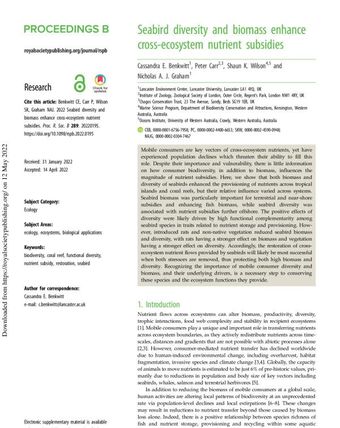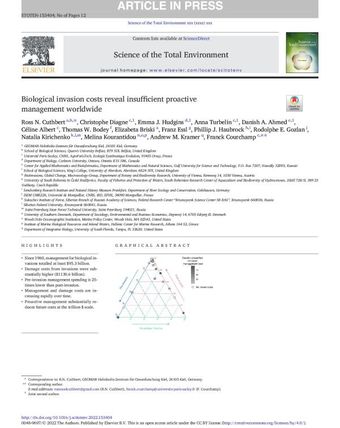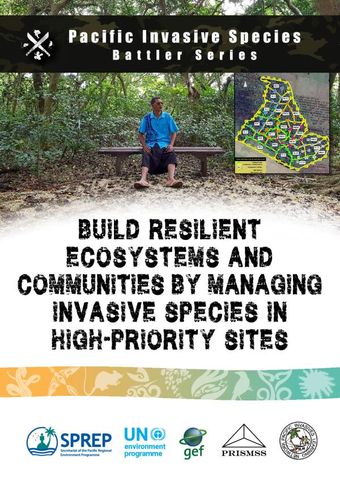Quantifying levels of biological invasion: towards the objective classification of invaded and invasible ecosystems
- Description:
- Biological invasions are a global phenomenon that threatens biodiversity, and few, if any, ecosystems are free from alien species. The outcome of human-mediated introductions is affected by the invasiveness of species and invasibility of ecosystems, but research has primarily focused on defining, characterizing and identifying invasive species; ecosystem invasibility has received much less attention. A prerequisite for characterizing invasibility is the ability to compare levels of invasion across ecosystems. In this paper, we aim to identify the best way to quantify the level of invasion by nonnative animals and plants by reviewing the advantages and disadvantages of different metrics. We explore how interpretation and choice of these measures can depend on the objective of a study or management intervention. Based on our review, we recommend two invasion indices and illustrate their use by applying them to two case studies. Relative alien species richness and relative alien species abundance indicate the contribution that alien species make to a community. They are easy to measure, can be applied to various taxa, are independent of scale and are comparable across regions and ecosystems, and historical data are often available. The relationship between relative alien richness and abundance can indicate the presence of dominant alien species and the trajectory of invasion over time and can highlight ecosystems and sites that are heavily invaded or especially susceptible to invasion. Splitting species into functional groups and examining invasion patterns of transformer species may be particularly instructive for gauging effects of alien invasion on ecosystem structure and function. Establishing standard, transparent ways to define and quantify invasion level will facilitate meaningful comparisons among studies, ecosystem types and regions. It is essential for progress in ecology and will help guide ecosystem restoration and management.
- Display date:
- 2011
- Collections:
- Secretariat of the Pacific Regional Environment Programme (SPREP)
- Publisher:
- Blackwell Publishing Ltd
- Content partner:
- Secretariat of the Pacific Regional Environment Programme (SPREP)
- Availability:
- Not specified
-
Copyright status: All rights reservedFind out more about what you are able to do with this itemThis item is all rights reserved, with means you'll have to get permission from Secretariat of the Pacific Regional Environment Programme (SPREP) before using it. For more information, please see our use and reuse page.What can I do with this item?Non-infringing useNZ copyright law does not prevent every use of a copyright work, and this item may be hosted by an international institute or organisation. You should consider what you can and cannot do with a copyright work.No sharingYou may not copy and/or share this item with others without further permission. This includes posting it on your blog, using it in a presentation, or any other public use.No modifyingYou are not allowed to adapt or remix this item into any other works.No commercial useYou may not use this item commercially.
Related items
Welcome and warm Pasifik greetings
The information on this site has been gathered from our content partners.
The names, terms, and labels that we present on the site may contain images or voices of deceased persons and may also reflect the bias, norms, and perspective of the period of time in which they were created. We accept that these may not be appropriate today.
If you have any concerns or questions about an item, please contact us.



